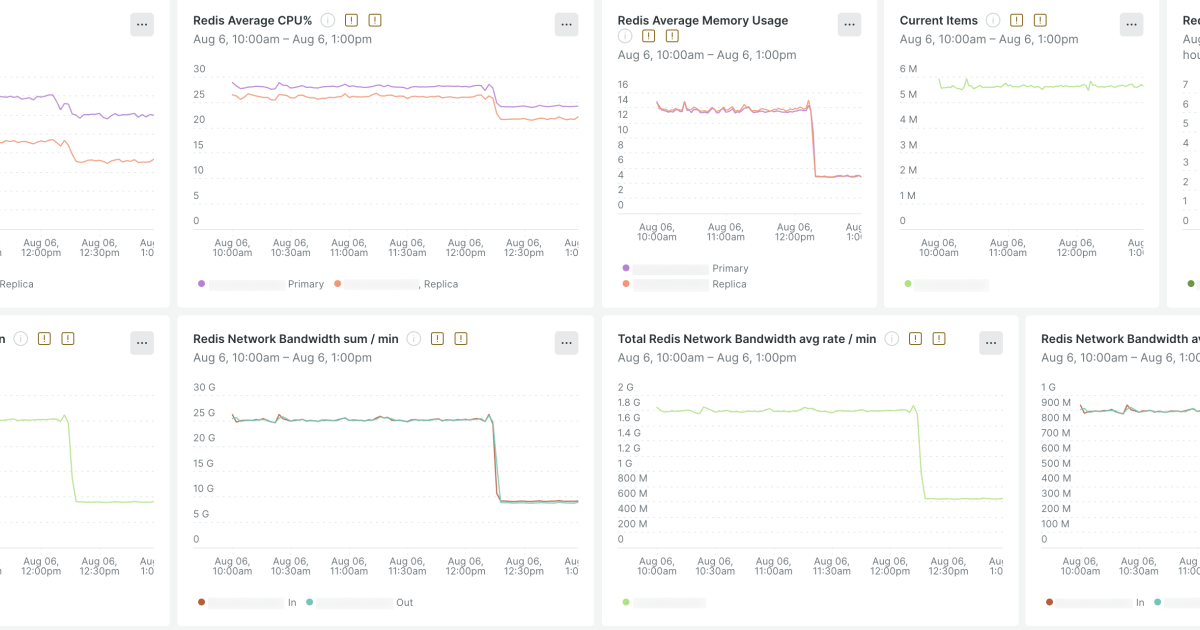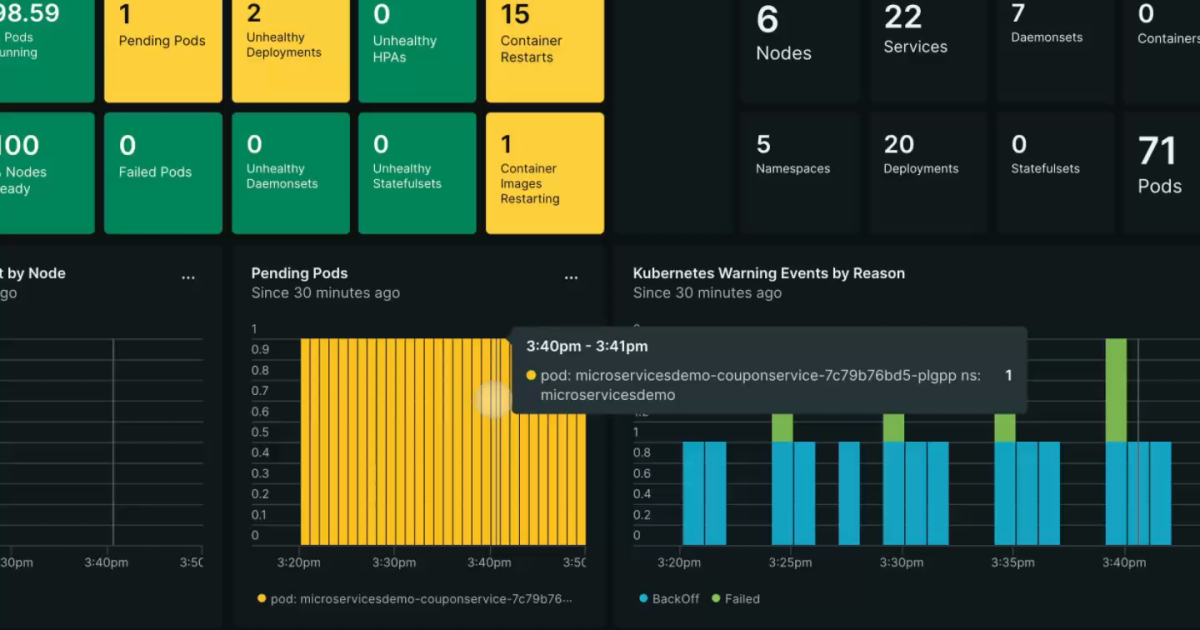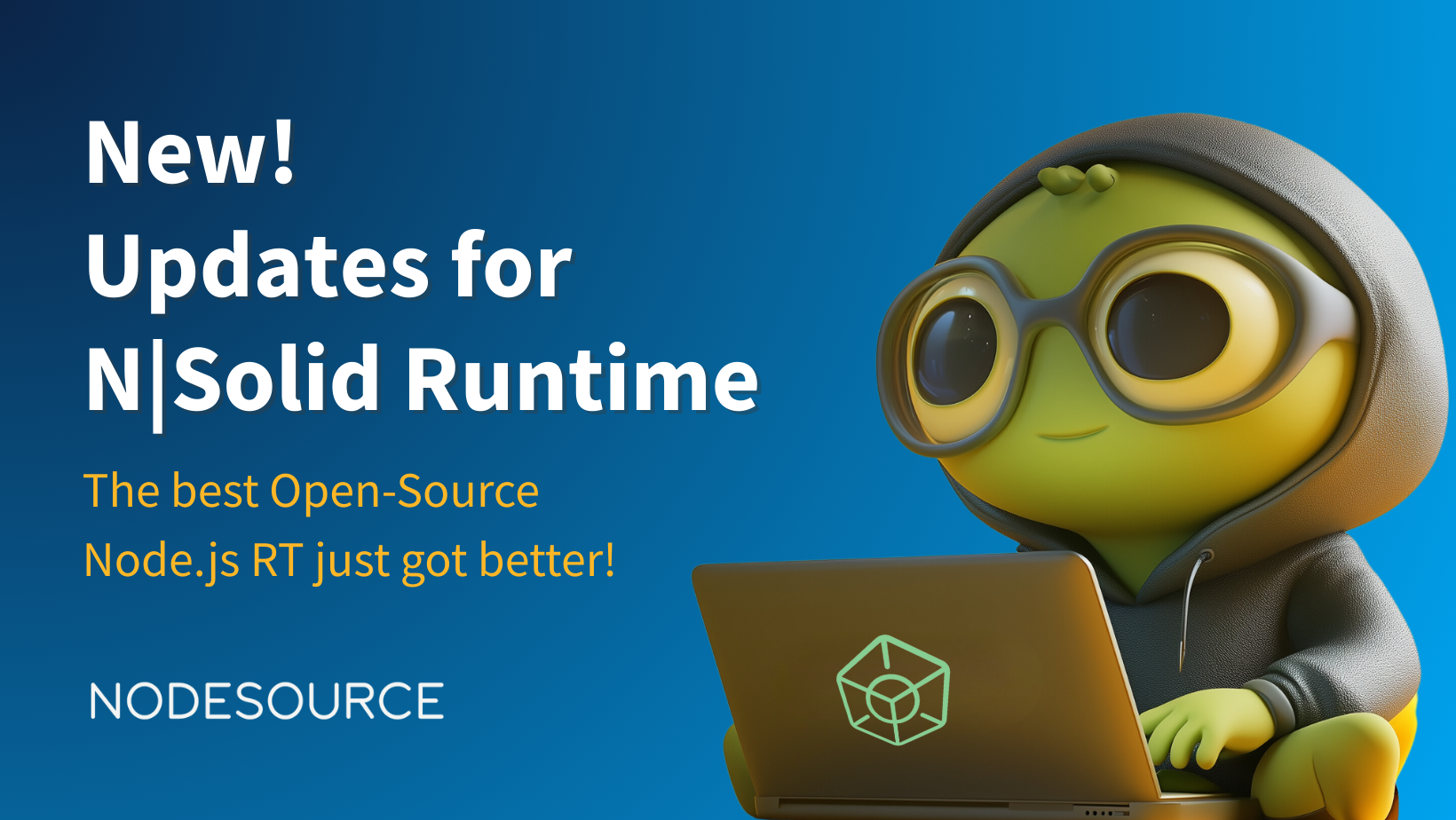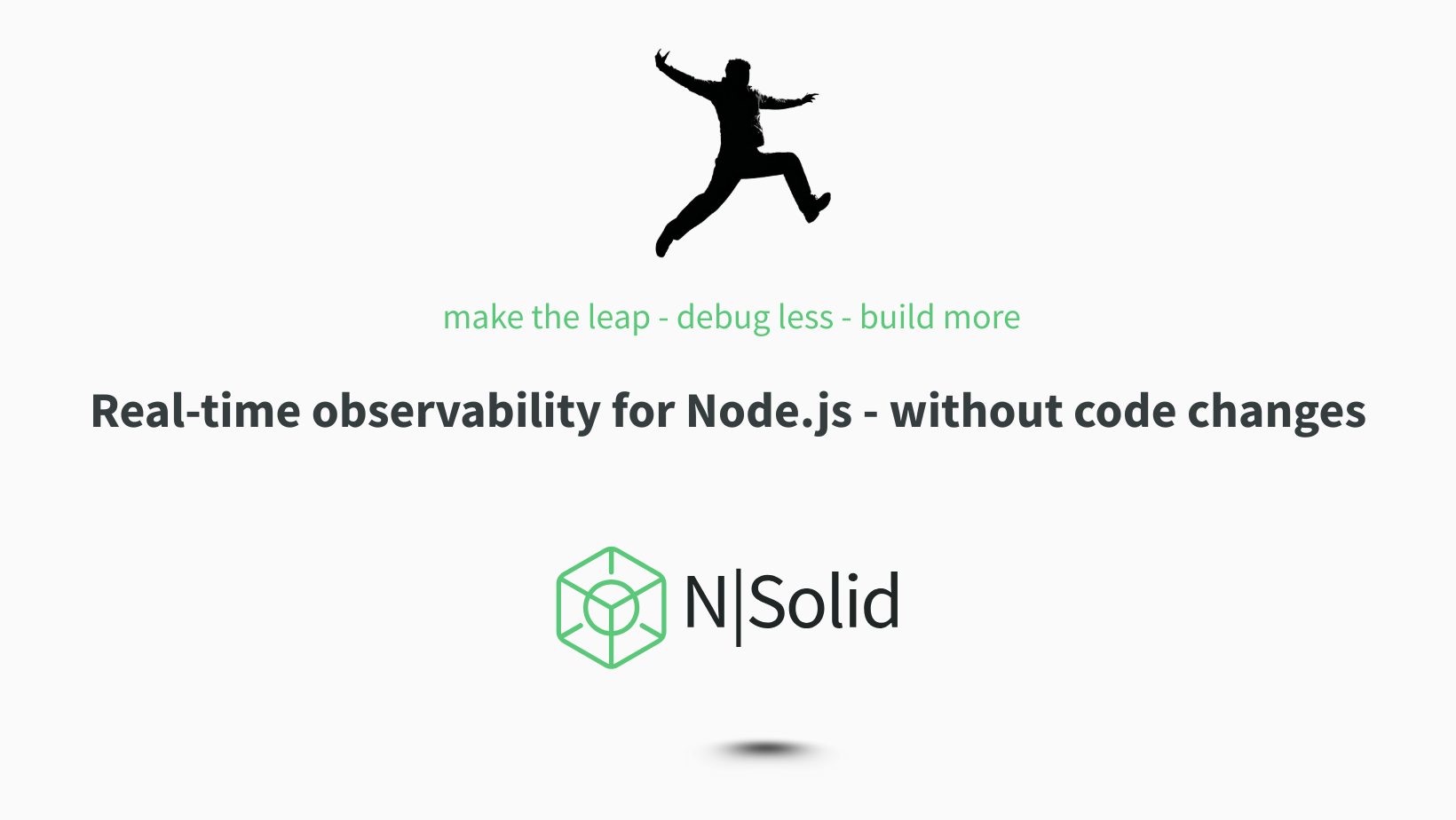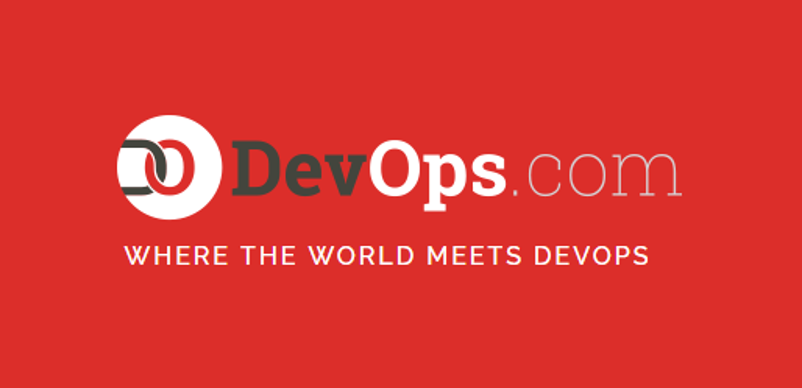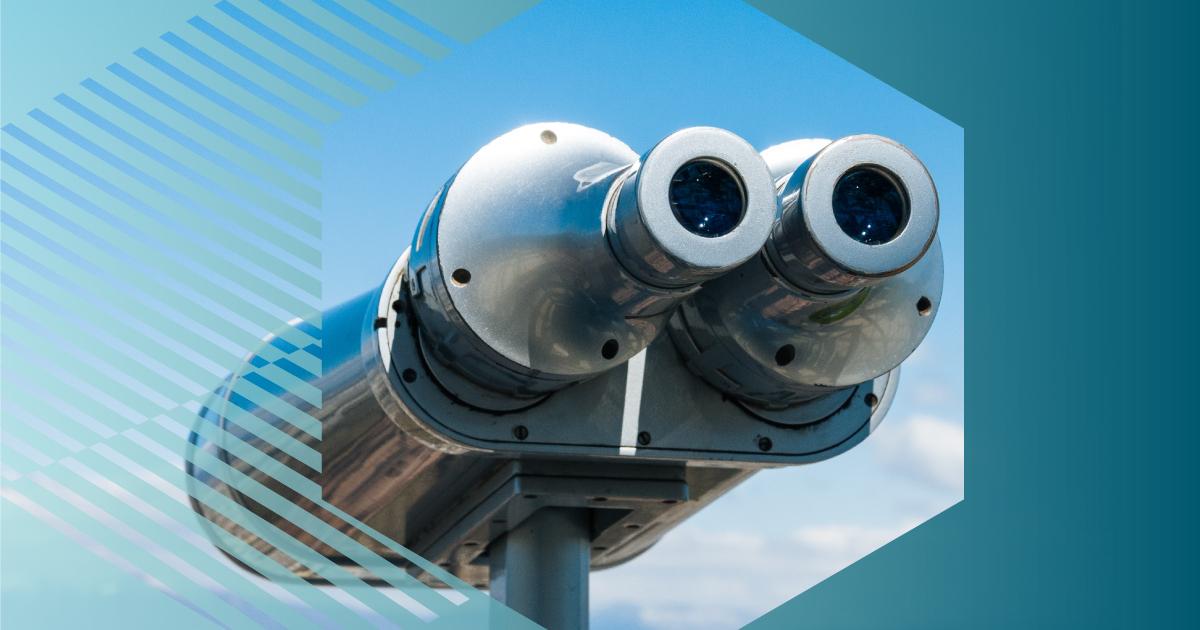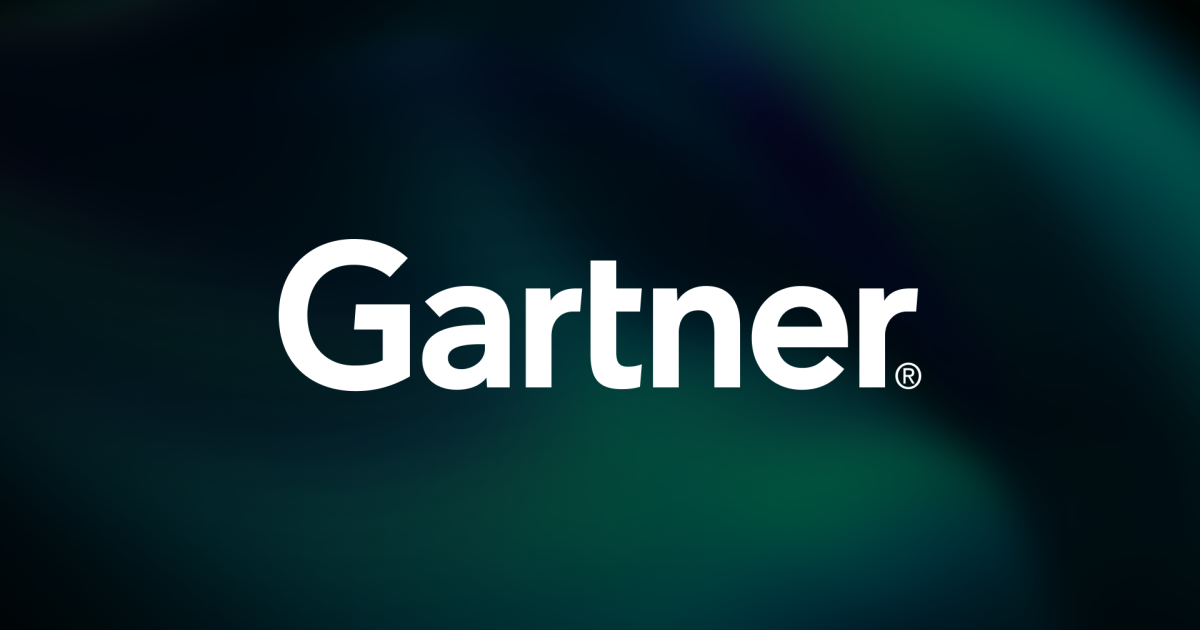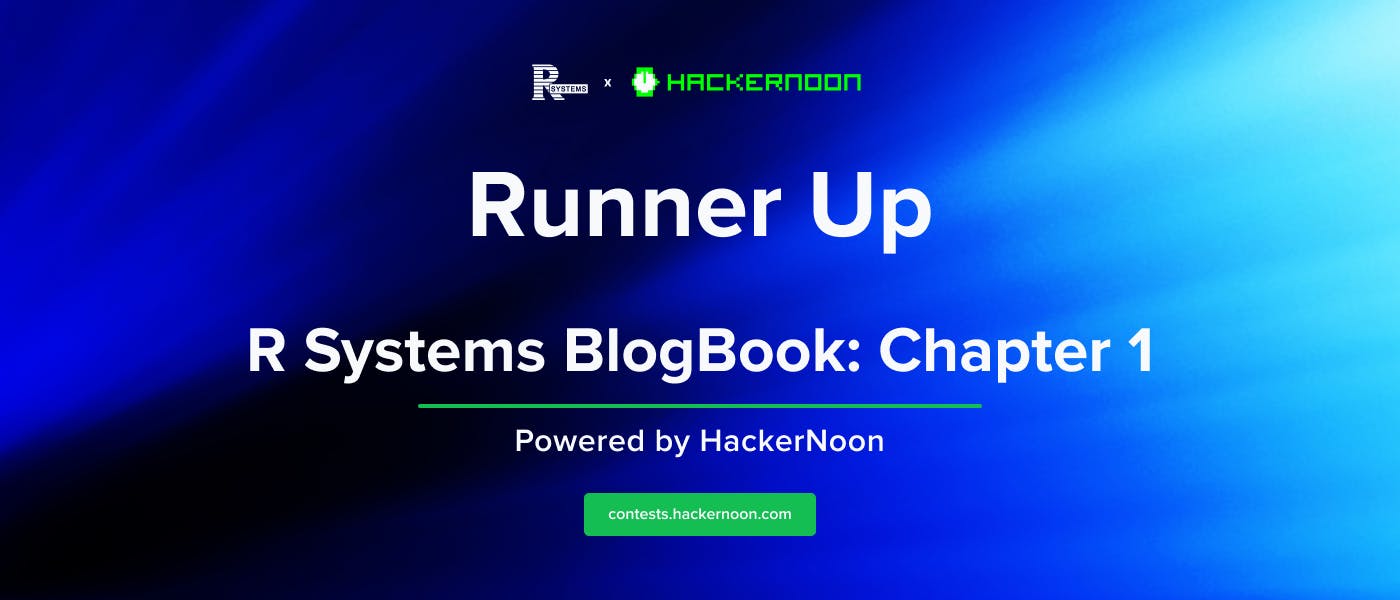#observability
#observability
[ follow ]
#devops #ai-agents #opentelemetry #new-relic #kubernetes #microservices #telemetry #agentic-ai #incident-management
fromMedium
1 week agoZero Trust with Cilium : Enforcing mTLS in Kubernetes
Kubernetes networking is highly flexible but this flexibility can introduce security risks because all pods can communicate with each other by default. Cilium addresses these challenges by providing a modern, high-performance solution for Kubernetes networking that combines security, observability and performance using eBPF. Cilium is an open-source networking and security solution designed for cloud-native environments. It provides high-performance pod-to-pod networking utilizing eBPF and allows identity-aware network policies at the API level, enforcing fine grained controls.
DevOps
fromO'Reilly Media
1 week agoThe Java Developer's Dilemma: Part 3
In the first article we looked at the Java developer's dilemma: the gap between flashy prototypes and the reality of enterprise production systems. In the second article we explored why new types of applications are needed, and how AI changes the shape of enterprise software. This article focuses on what those changes mean for architecture. If applications look different, the way we structure them has to change as well.
Java
fromVue.js Jobs
6 days agoSenior Frontend Developer at ITRS - VueJobs
At ITRS, we make society's critical technology work. Our mission is to deliver automated and holistic IT observability solutions that safeguard critical applications and enable innovation. We are the only monitoring and observability platform designed for the most demanding and regulated industries - trusted by 90% of Tier 1 capital markets firms. We believe when our team thrives, so do our customers.
Web development
Tech industry
fromNew Relic
6 days agoA 2x Leader: New Relic Recognized by Gartner Magic Quadrant reports for Digital Experience Monitoring
New Relic recognized as a Leader in the 2025 Gartner Magic Quadrant for Digital Experience Monitoring, offering AI-driven observability and industry-specific streaming solutions.
Software development
fromApp Developer Magazine
10 months agoRelic research shows high impact IT outages carry $76M median year
Full-stack observability halves outage costs, reduces outage frequency, and speeds detection, lowering median high-impact outage costs from $2M to $1M per hour and cutting MTTD by seven minutes.
Marketing tech
fromMarTech
2 weeks agoTwilio launches data tools to help marketers trust their signals and move faster | MarTech
Twilio launched Granular Observability, a centralized Alerting Hub, expanded APIs, and Auto-Instrumentation to deliver real-time, reliable customer signals for faster, personalized, and compliant marketing.
fromNew Relic
3 weeks agoIntroducing faster incident resolution with Atlassian Jira Service Management + New Relic AI
In-context performance data to support incident remediation: Instead of siloed, disconnected data across ITSM and several monitoring and observability platforms, New Relic telemetry data and changes flow directly into the Rovo Ops agent. This enables your service agents to quickly detect anomalies and incidents-like a recent commit being modified-without context-switching between multiple tools. AI-suggested fixes based on past incident data:
Tech industry
Artificial intelligence
fromBusiness Insider
1 month agoHot AI startups are getting by on 'vibes' - but need data as a reality check, says former Facebook VP
Many fast-growing AI startups lack robust data infrastructure and must invest in analytics and observability to understand user behavior and sustain growth.
fromwww.infoworld.com
1 month agoAdvanced debug logging techniques: A technical guide
Advanced debug logging is the cornerstone of high-performance applications. Whether working in cloud-native, microservice or monolithic architecture, strong debug logging practices enable developers to resolve problems, maintain system health and support scalable operations. To succeed in today's fast-paced environment, development teams need modern logging strategies, refined best practices and resilient error-handling techniques. Debug logging refers to the internal operation of an application, generating detailed messages that detect variable states and execution branches.
Software development
fromNew Relic
1 month agoTop Trends in Observability: The 2025 Forecast is Here
Observability directly improves system stability and availability. The survey revealed that 75% of businesses report a positive return on their observability investments. Nearly one in five (18%) say they are realizing a 3-10x return on investment. For businesses, the top benefits of observability are: Reduced unplanned downtime (55% of leaders) Improved overall operational efficiency (50%) Reduced security risk (46%) Engineering Efficiency Observability also improves engineering productivity and satisfaction by reducing the time engineers spend on reactive tasks.
Software development
Artificial intelligence
fromInfoQ
1 month agoHow LinkedIn Built Enterprise Multi-Agent AI on Existing Messaging Infrastructure
LinkedIn repurposed its messaging infrastructure as an orchestration layer to scale multi-agent AI, enabling global availability and complex workflows without building new coordination systems.
fromInfoQ
1 month agoVercel Introduces AI Gateway for Multi-Model Integration
Vercel has rolled out the AI Gateway for production workloads. The service provides a single API endpoint for accessing a wide range of large language and generative models, aiming to simplify integration and management for developers. The AI Gateway allows applications to send inference requests to multiple model providers through one endpoint. It supports bring-your-own-key authentication, which means developers can use their own API keys from providers such as OpenAI, Anthropic, or Google without paying an additional token markup.
Artificial intelligence
fromInfoQ
1 month agoHoneycomb Hosted MCP Brings Observability Data into the IDE
MCP provides a structured interface for tools and AI agents to query observability data, enabling developers to surface traces, metrics, and logs in their IDE without switching context. This high-level capability is designed to streamline debugging and reduce time spent navigating between systems, while also laying the groundwork for consistent access across AI assistants and integrations. Originally launched as an open source project, MCP is now offered by Honeycomb as a managed service.
Software development
DevOps
fromDevOps.com
1 month agoMaking Observability Actionable: Turning Metrics, Logs, and Traces into Better Business Outcomes - DevOps.com
Observability must be actionable and directly tied to business KPIs to reduce downtime, improve conversion, and align IT operations with growth and profitability.
fromNew Relic
2 months agoFrom Symptoms to Solutions: Reducing MTTR through error analysis in New Relic
In modern, distributed systems, that work is harder than ever. Services depend on other services, deployments happen constantly, and small failures ripple into larger ones. While teams scramble to piece things together, customers are already feeling the impact, and the business is losing money by the minute. For years, the industry used $5,600 per minute as the average cost of an outage as was suggested by Gartner in 2014.
DevOps
fromTechzine Global
3 months agoCoralogix enters AI-driven monitoring via AWS
"We are thrilled to work with AWS in providing customers with the most advanced, out-of-the-box observability and security monitoring for Amazon CloudFront and AWS WAF," said CEO Ariel Assaraf. "Not only can AWS customers affordably monitor far more edge data than before, but they can leverage a modern approach to observability that aligns with today's dynamic infrastructures."
Digital life
Artificial intelligence
fromInfoQ
4 months agoLogz.io and Dynatrace Innovations Shift Observability Into the AI Age
AI integration into observability platforms is automating operational tasks to enhance efficiency.
Logz.io's AI Agents and Dynatrace's Davis AI significantly reduce incident resolution times.
[ Load more ]

